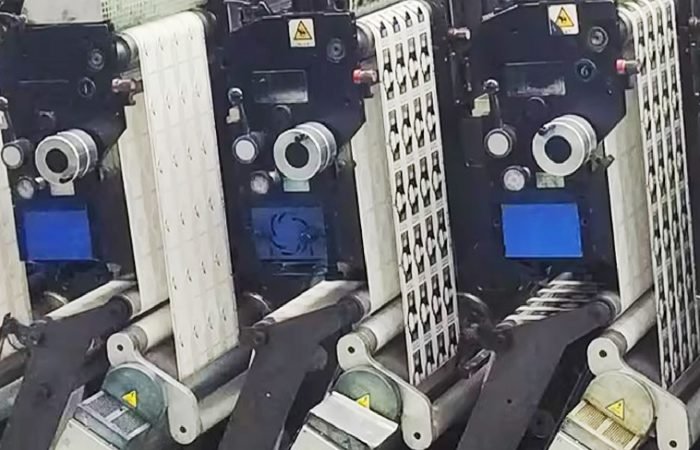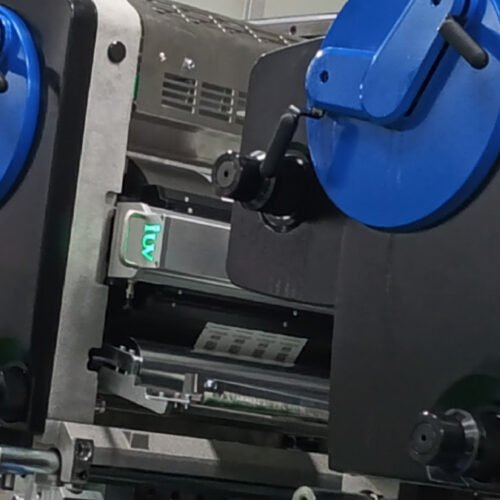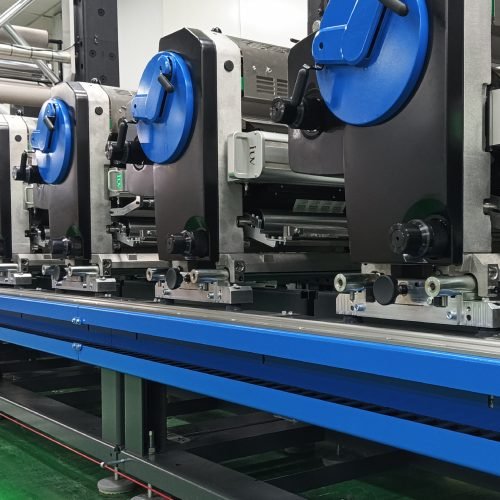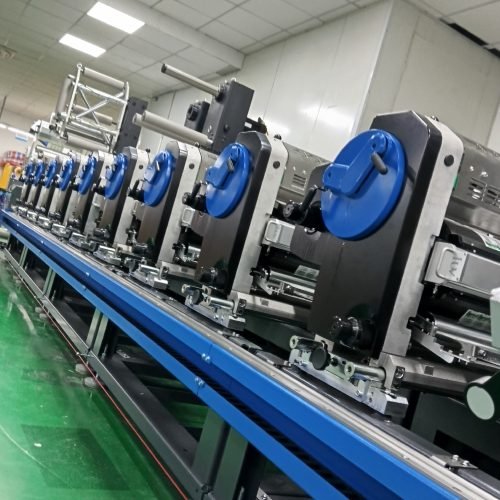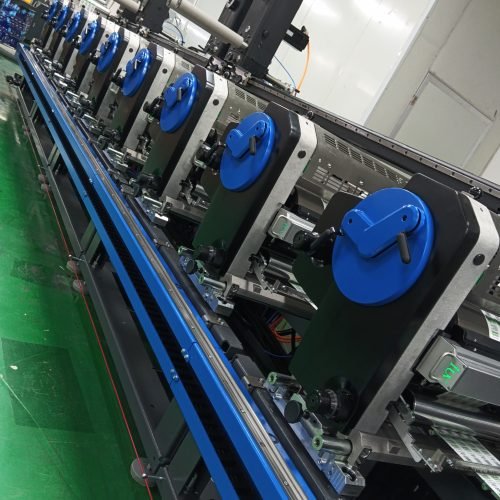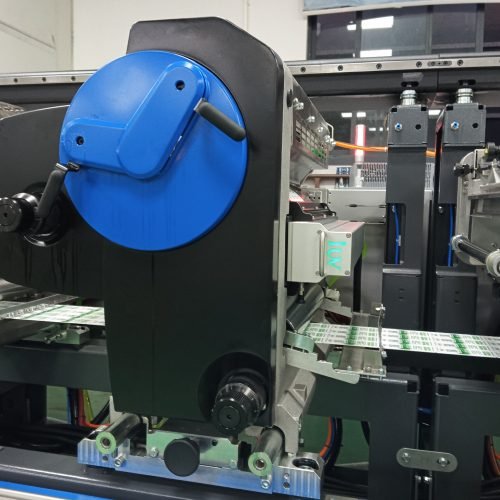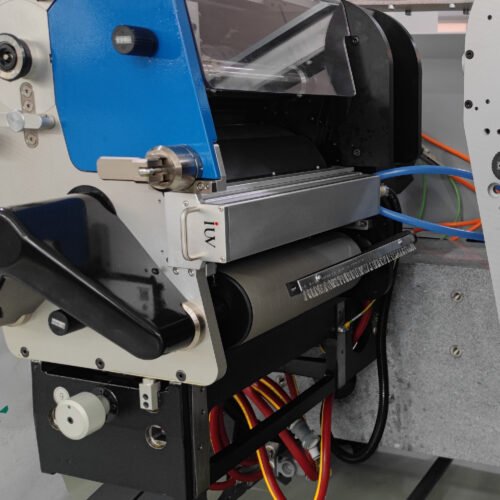Switching to UV curing flexo printing systems isn’t just a tech upgrade—it’s a financial game-changer for shops running labels, flexible packaging, or narrow web jobs. Let’s cut through the industry noise and talk real numbers. Traditional solvent-based inks need massive drying tunnels, right? Those energy-guzzling monsters eat 40-60% of a print shop’s total power bill. UV curing slashes that footprint to about 15-20% by replacing heat with targeted light energy.
Here’s where LED UV tech flexes its muscles. Unlike old mercury vapor lamps that take minutes to warm up, LEDs hit full intensity instantly. No more waiting for lamps to stabilize between jobs or during shift changes. For a mid-sized label printer running three shifts, that’s 45 minutes of daily production time recovered. Do the math—that’s 273 extra hours annually without buying new equipment.
Ink costs get interesting with UV. Yes, the upfront price per kilo looks steep compared to solvent inks. But factor in 100% solids content—no solvents evaporating, no VOC recovery systems needed. You’re laying down 30-40% less ink by volume to achieve the same opacity. Suddenly that price premium doesn’t look so bad, especially when paired with reduced waste from color matching.
Maintenance budgets breathe easier too. No more monthly duct cleanings from solvent exhaust or quarterly burner servicing on dryers. LED UV arrays run cool, with lifespans pushing 20,000 hours. We’re talking three years of continuous operation before needing replacement—and even then, modular designs let you swap individual LED bars without shutting down the whole curing station.
Narrow web converters see particularly sharp ROI. Shorter web paths mean faster job changeovers. Combine that with UV’s instant cure, and shops can realistically slash makeready times by half. One beverage label client trimmed their stock change from 90 minutes to 38—critical when running 20 SKUs daily.
Substrate flexibility becomes a profit driver. Cold-cure UV inks stick to tricky materials like untreated PP or metallic films that normally require corona treatment. That eliminates an entire process step—and the associated equipment costs—for shops expanding into premium packaging markets.
Energy nerds will geek out over the numbers. A typical 10-inch LED UV unit draws about 4kW, compared to 25-30kW for equivalent thermal drying. At $0.12/kWh, that’s $3,024 annual savings per press station. Multiply that across a six-color press and you’re funding a new operator’s salary from the power bill alone.
Wastewater treatment costs? Gone. Solvent recovery systems? History. With UV, you’re not just cutting expenses—you’re eliminating entire cost centers. Compliance teams sleep better too, as UV systems dodge increasingly strict VOC regulations hitting traditional printers.
The hidden gem? Faster turnaround. Instant curing means sheets or webs are ready for finishing immediately. No more buffer zones for drying racks or tension adjustments for web sag. One commercial printer added 17% capacity overnight just by eliminating drying bottlenecks.
For shops still running offset for short runs, UV flexo flips the script. Plate costs have plummeted with digital engraving, while UV’s color consistency across substrates beats offset’s water-based challenges. A folding carton converter we advised cut their minimum order quantity by 60% after switching—landing premium short-run contracts that offset shops couldn’t touch.
Downtime takes a hit. UV lamps don’t care about ambient humidity. No more production halts when summer moisture levels spike or winter air gets Sahara-dry. One Midwest printer logged 83% fewer humidity-related quality rejects post-conversion.
The kicker? Resale value. UV-equipped presses command 20-30% premiums on the secondary market. It’s not just machinery—it’s future-proofed infrastructure. Early adopters who jumped on UV a decade ago are now seeing their fully depreciated equipment sell for more than book value.
Smart converters aren’t just buying equipment—they’re investing in metabolic rate changes for their entire operation. The real cost benefit isn’t in any single line item, but in the compound effect of faster, cleaner, more flexible production. Those who’ve made the switch report something unexpected—UV becomes a sales tool. Brands love sustainability stories, and “zero VOC” opens doors to clients previously out of reach.
The conversation has shifted from “can we afford to switch?” to “can we afford not to?” As material costs climb and energy prices fluctuate, UV flexo provides predictable operating expenses—a rare commodity in today’s market. The math works. The technology’s proven. The real question is how much money you’re leaving on the table by sticking with last-century curing methods.

